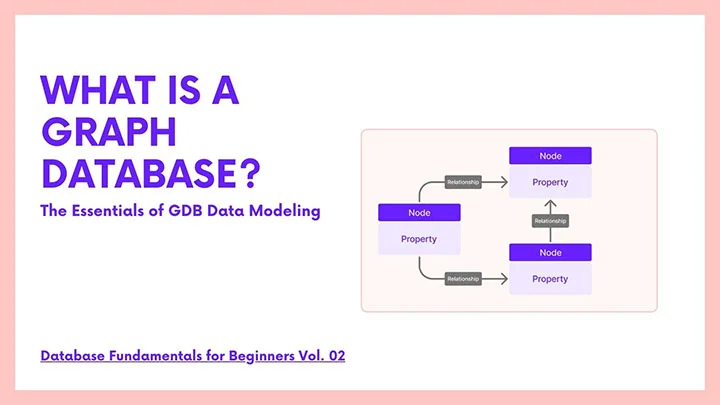
What is a Graph Database? - The Essentials of Graph Data Modeling

In our previous article, we explored data modeling using relational databases in the context of a flight reservation system. Now, it's time to venture into the world of graph databases (GDB) and unravel the complex data modeling.
Check out "What is a Relational Database? - The Essentials of RDB Data Modeling"
Understanding GDB Modeling
Graph databases offer a versatile data model that can be applied in various domains. To illustrate the process of designing a graph data model, we will once again turn to the flight reservation system as an example.
Key Components of GDB
Before we dive into the modeling process, let's get familiar with the components that construct a graph database. In Graph Databases, you will encounter the following key elements:
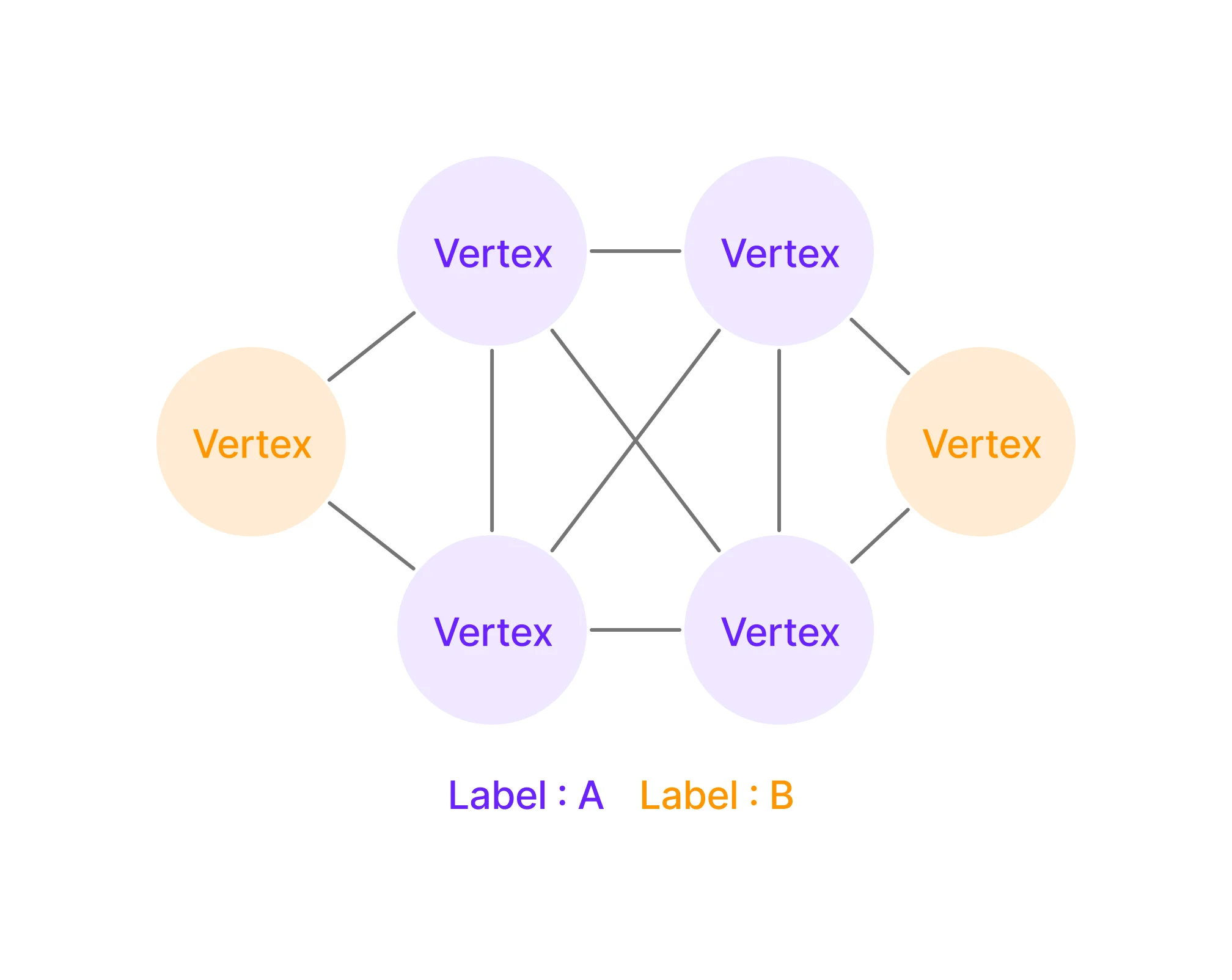
-
Nodes (Vertex)
A node represents an entity and contains properties that stored data in a name-value format. Labels can be assigned to nodes to denote their role or type. In a more intuitive context, you can think of a vertex as a node in the graph.
-
Edges (Link/Relationship)
Edges represent relationships between nodes, and they possess properties that characterize the type and nature of the relationship.
-
Label
Labels group nodes with similar properties. These labels can represent various entities such as people, animals, or automobiles.
Data Modeling in GDB
The process of data modeling in GDB follows several stages, which are somewhat analogous to the steps in relational database modeling (RDB). However, there are notable differences.
-
Identifying the Needs
Just as in RDB modeling, the initial step is to discern the form and purpose for which the data will be used.
-
Designing a Conceptual Data Model (Whiteboard Modeling)
During this stage, naming conventions are established with a focus on clarity, relevance, uniqueness, and consistency. You will identify the key entities and relationships, much like drawing a sketch on a whiteboard.
-
Designing a Logical Data Model
In this phase, nodes, edges, and labels are defined, shaping the graph data model design. This step often includes normalization to ensure data consistency and eliminate redundancy.
-
Designing a Physical Data Model
In the final stage, you define properties and index constraints for labels (nodes and edges) that require unique constraints. You also address system configuration and estimate data capacity, aligning the logical model with the physical storage on computer hardware.
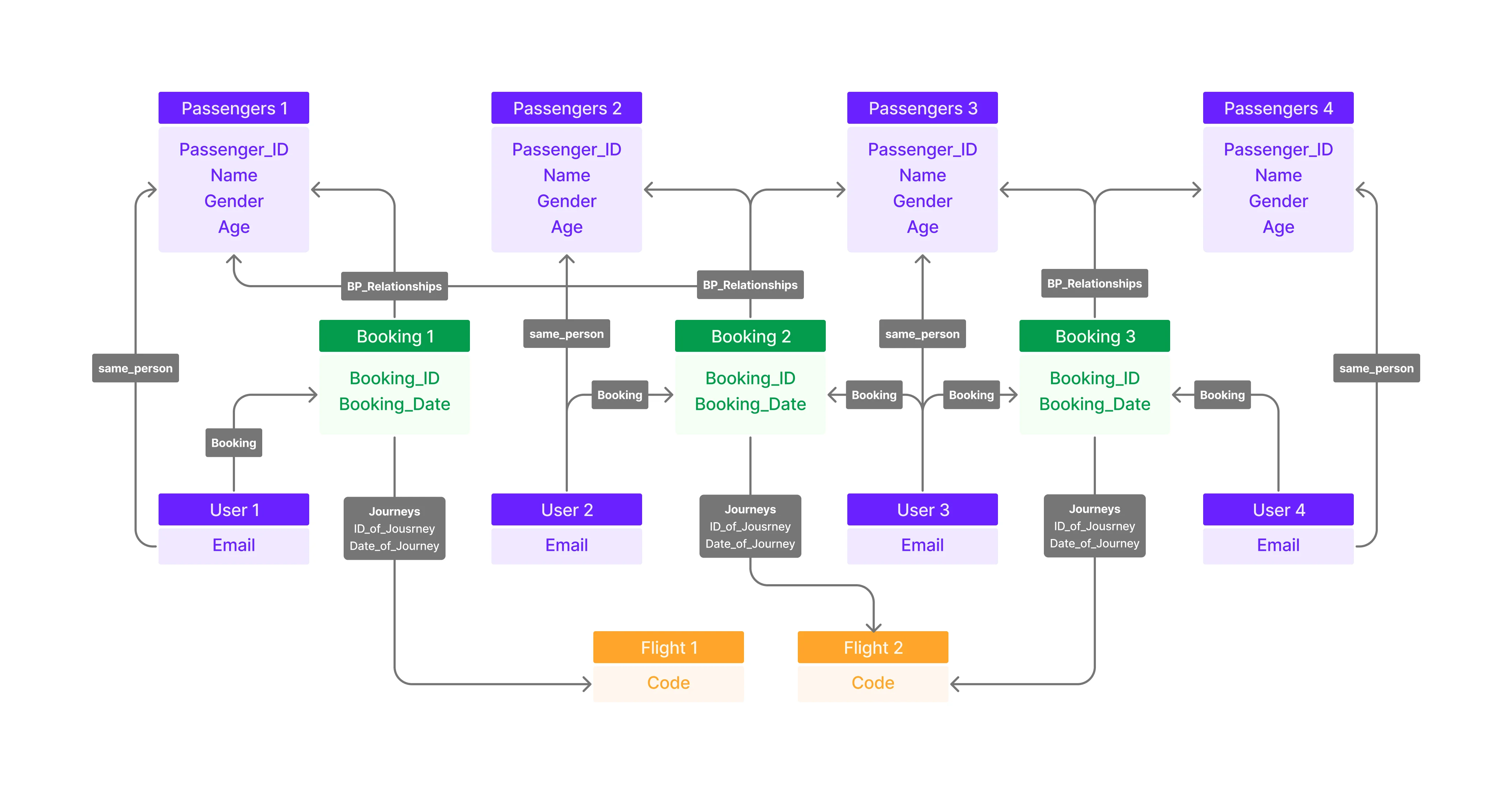
Tips for Effective GDB Modeling There is no one-size-fits-all approach to graph modeling, and your choices will depend on your specific needs. To find the most suitable data model, consider the following methods:
-
Prioritize Queries
Design your data model based on the types of queries you intend to run. If certain queries require specific data, structure your model to accommodate those needs.
-
Setting Node/Edge Properties
Nodes represent entities, while edges symbolize relationships. Carefully determine how you express these relationships and consider using properties for storing additional information.
-
Expressing Relationships
Decide on the nature of relationships in your model. Active-passive relationships or bidirectional relationships should be represented clearly. In cases of complex relationships, you may create relationship nodes to simplify the structure.
-
Model Testing
Sometimes, unforeseen issues arise during actual model testing. It's essential to verify the suitability and performance of your model through practical testing.
-
Minimizing Complexity
Consider using line graphs when dealing with many edges and few nodes. Reducing complexity can improve performance.
-
RDB to GDB Conversion
If you're transitioning from an RDB to a GDB, follow a structured process. Convert entity tables to node labels, rows to nodes, and properties to node properties. You will also need to handle unique constraints and indexes.
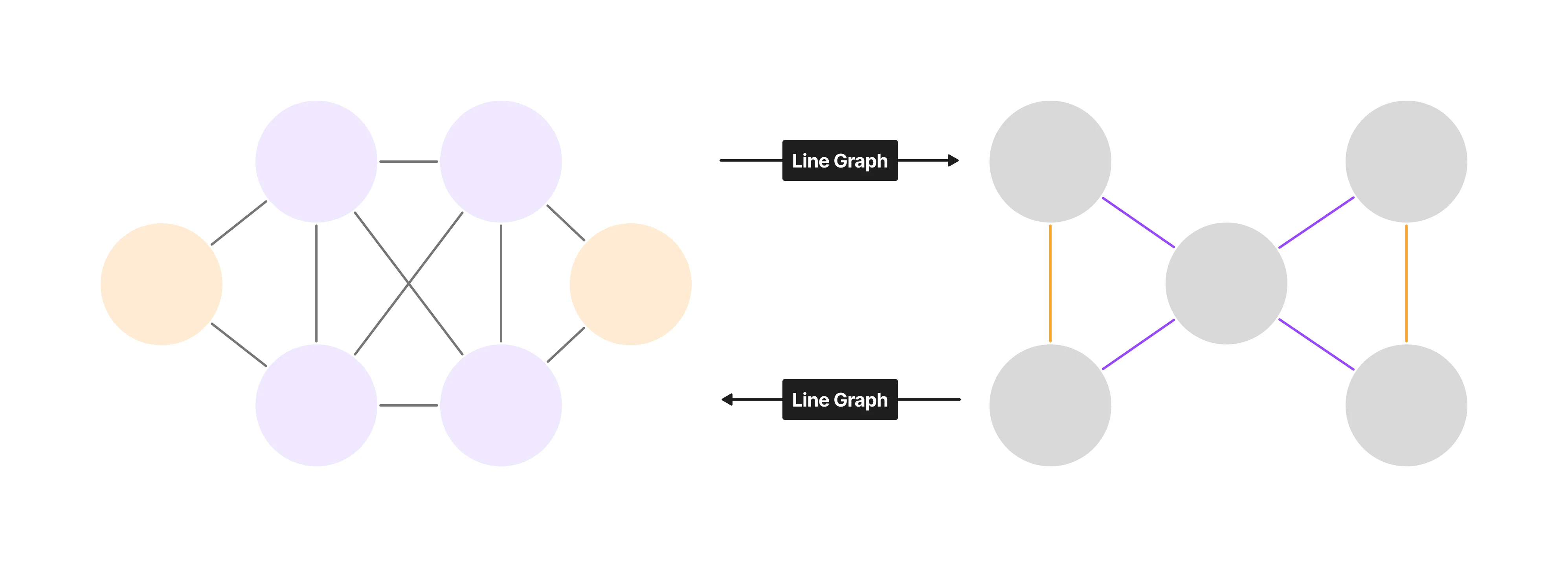
From RDB to GDB
Converting from a relational data model (RDB) to a graph data model (GDB) may seem complex, but it offers a next-generation solution for defining relationships between data entities. Unlike traditional RDBs, GDBs directly represent and store the relationships between nodes, enabling efficient data traversal.
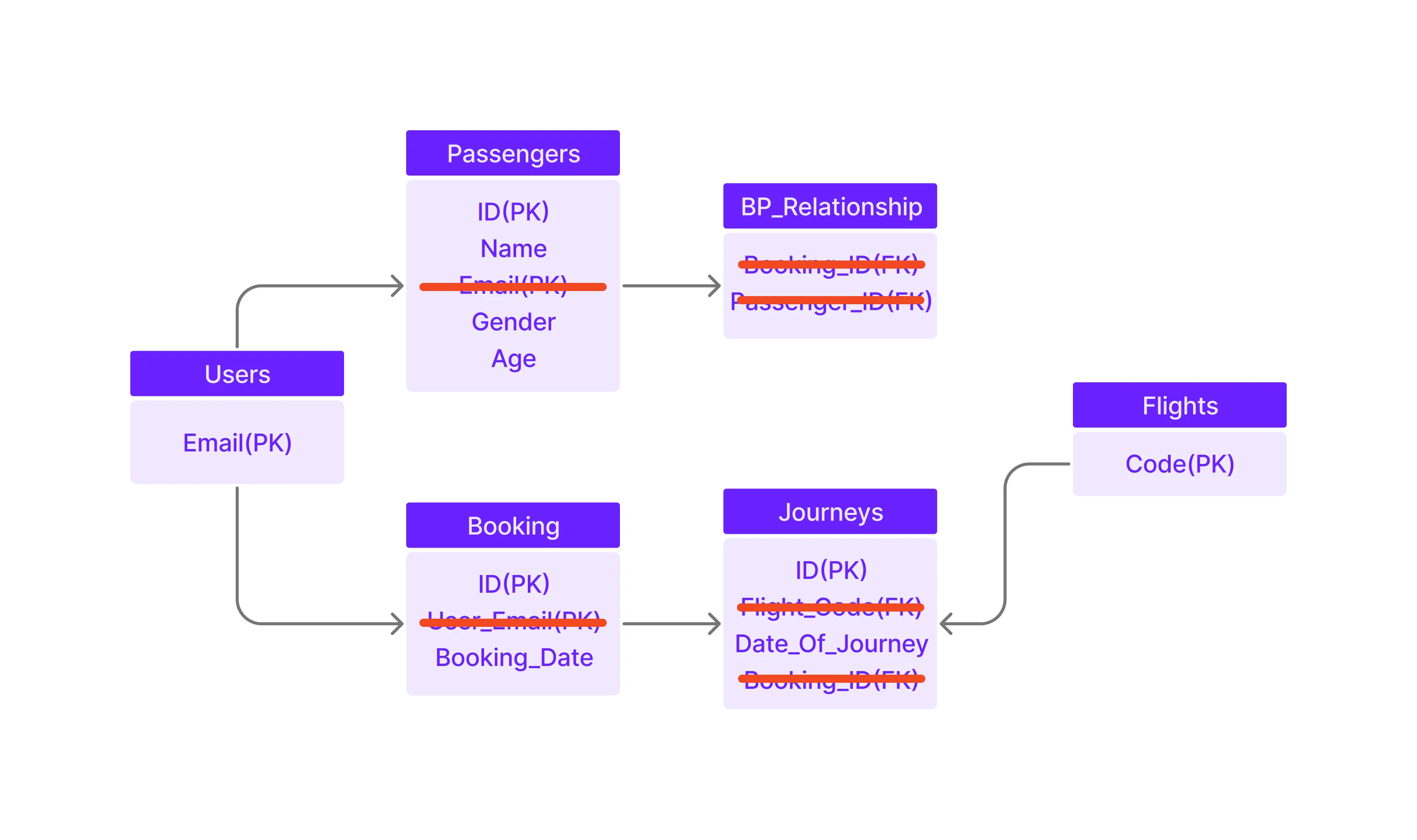
-
Convert each entity table to a node label
-
Transform rows in the table into nodes
-
Map property values from the table's columns to node properties.
-
Apply unique constraints to primary keys in the conversation data.
-
Create necessary property value indexes
-
Convert table foreign keys to relationships and subsequently remove them.
-
If columns have default values, remove them (as GDB doesn't require them)
-
Separate denormalized tables designed for performance or business purposes distinct nodes
-
Converts JOIN tables into relationships, and if the JOIN table contains both foreign keys and data columns, turn them into relation properties.
The transition from RDB to GDB involves specific steps:
The completed GDB data model after the conversion will demonstrate the clear and direct relationships between nodes.
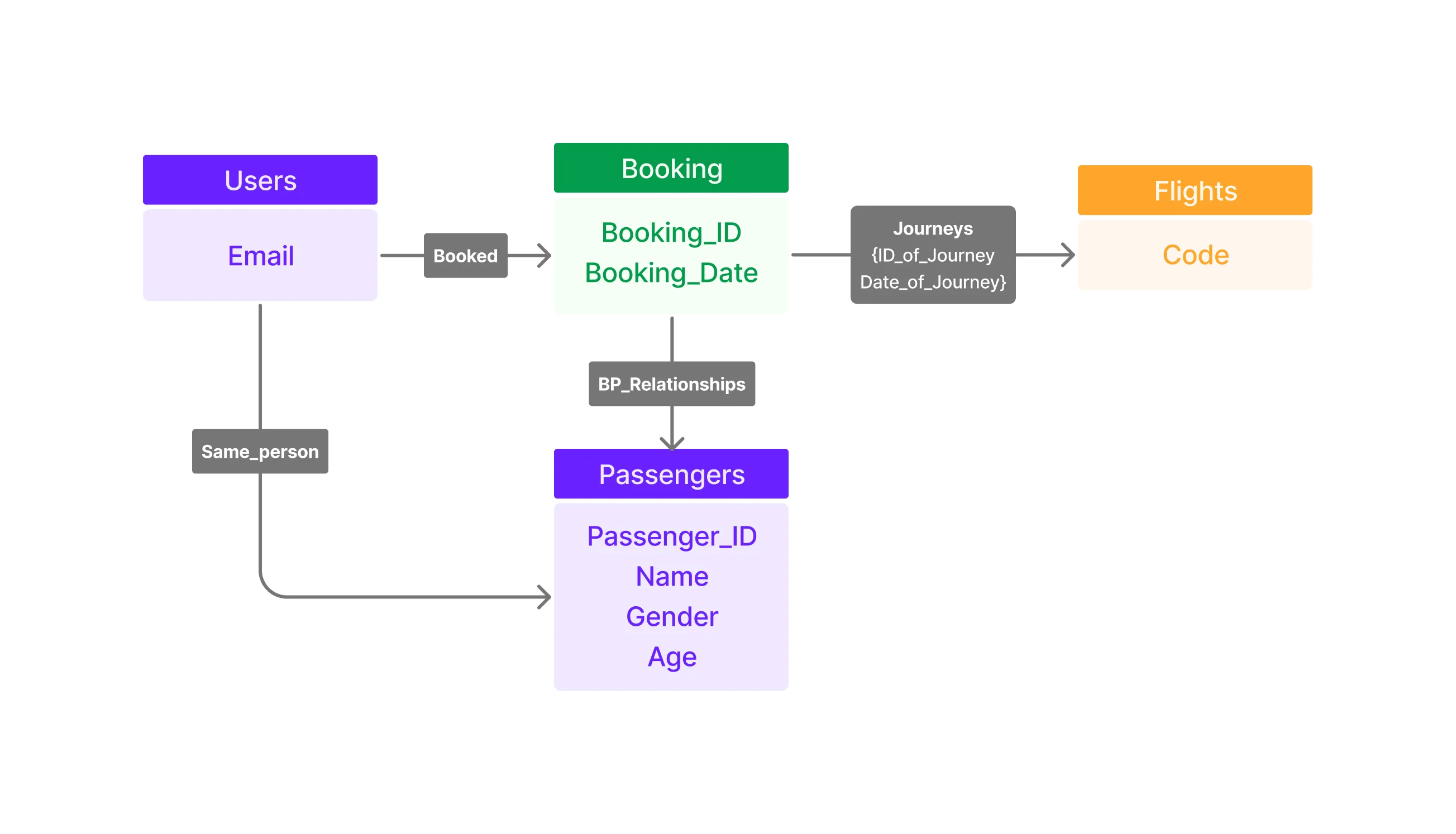
Interested in getting started with Graph Data Modeling or want to employ it into your organization? Contact us today for a free consultation with our database experts!
In our next article, we'll continue to explore the possibilities of data modeling in GDB and delve into more advanced concepts.